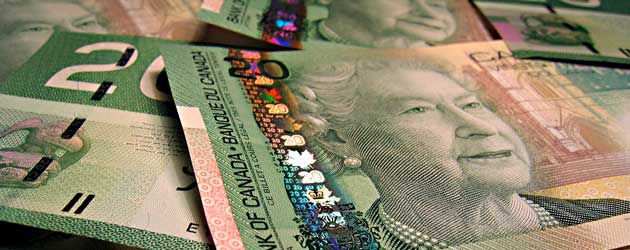
During the Asian session the latest Chinese manufacturing PMI was shown to have dropped by significantly more than expected, denting the global economic outlook and pushing investors towards safe-haven assets. Consequently, higher-risk currencies like the ‘Loonie’ broadly softened.
The Canadian Dollar Exchange Rate was in the region of 0.9736 against the US Dollar as of 14:20 GMT
The Chinese report revealed that manufacturing PMI fell from 51.6 in March to 50.5 in April – just 0.5 per cent away from the 50 mark which separates growth from contraction.
This data, which follows disappointing Chinese GDP figures, has heightened concerns regarding the world’s second largest economy.
As economist Yao Wei stated: ‘This paints a picture of a continued painfully slow recovery for China’s manufacturing sector. The government needs to help translate the easy liquidity conditions into real growth.’
After the manufacturing report was published the ‘Loonie’ declined against its US and Japanese currency counterparts.
The Canadian Dollar was also adversely affected by some less-than-impressive economic news from the Eurozone.
However, since the release of Canadian retail sales figures the nation’s currency has recouped losses.
According to Statistics Canada, retail sales rose by 0.8 per cent in February – significantly better than the 0.3 per cent increase economists anticipated.
January’s retail sales figure was negatively revised, with the previously estimated 1 per cent increase being cut to a gain of 0.9 per cent.
When viewed together, the results are still the best recorded over two consecutive months since September-October of 2011.
The report also showed that retail sales were 1.5 per cent higher in February than in the same period of 2012.
‘Loonie’ gains were limited however after futures on Canada’s main export, crude oil, fell by 1.1 per cent.

Comments are closed.